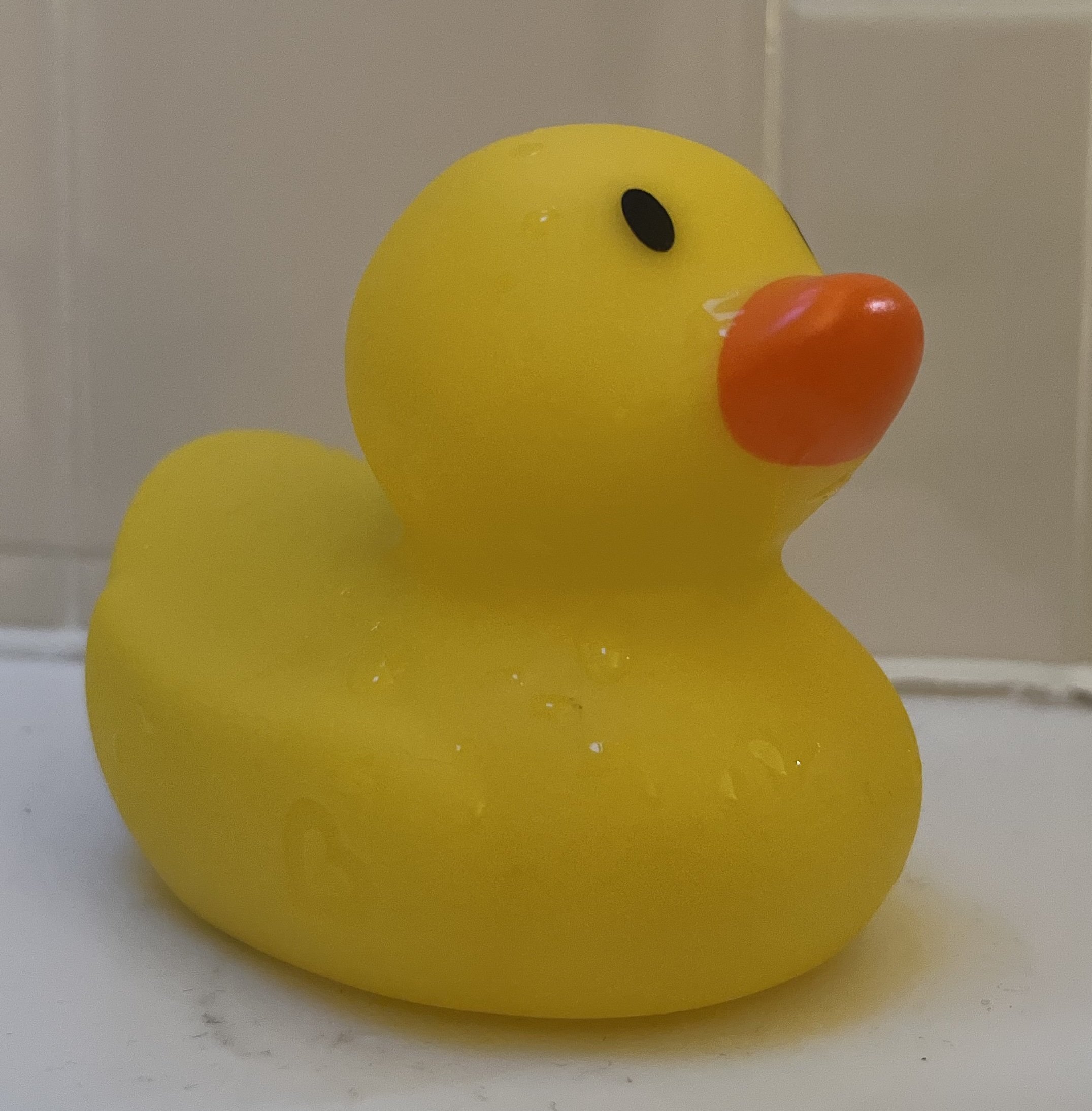
Writing With a Broken Tusk
Writing With a Broken Tusk began in 2006 as a blog about overlapping geographies, personal and real-world, and writing books for children. The blog name refers to the mythical pact made between the poet Vyaasa and the Hindu elephant headed god Ganesha who was his scribe during the composition of the Mahabharata. It also refers to my second published book, edited by the generous and brilliant Diantha Thorpe of Linnet Books/The Shoe String Press, published in 1996, acquired and republished by August House and still miraculously in print.
Since March, writer and former student Jen Breach has helped me manage guest posts and Process Talk pieces on this blog. They have lined up and conducted author/illustrator interviews and invited and coordinated guest posts. That support has helped me get through weeks when I’ve been in edit-copyedit-proofing mode, and it’s also introduced me to writers and books I might not have found otherwise. Our overlapping interests have led to posts for which I might not have had the time or attention-span. It’s the beauty of shared circles.


Rubber Ducks: the Power of Symbols
When Russian opposition leader Alexei Navalny (he didn’t like to be called a dissident) was alive, rubber ducks were often used as symbols of his fight against corruption. When he died (possibly murdered, possibly tortured and starved until his body couldn't take it any more) in February 2024, ducks showed up as symbols of protest against the regime responsible, one way or another, for his death. Whether by association or coincidence, rubber ducks have also been used by protesters in Thailand, and briefly, via Hong Kong, on Chinese social media.
